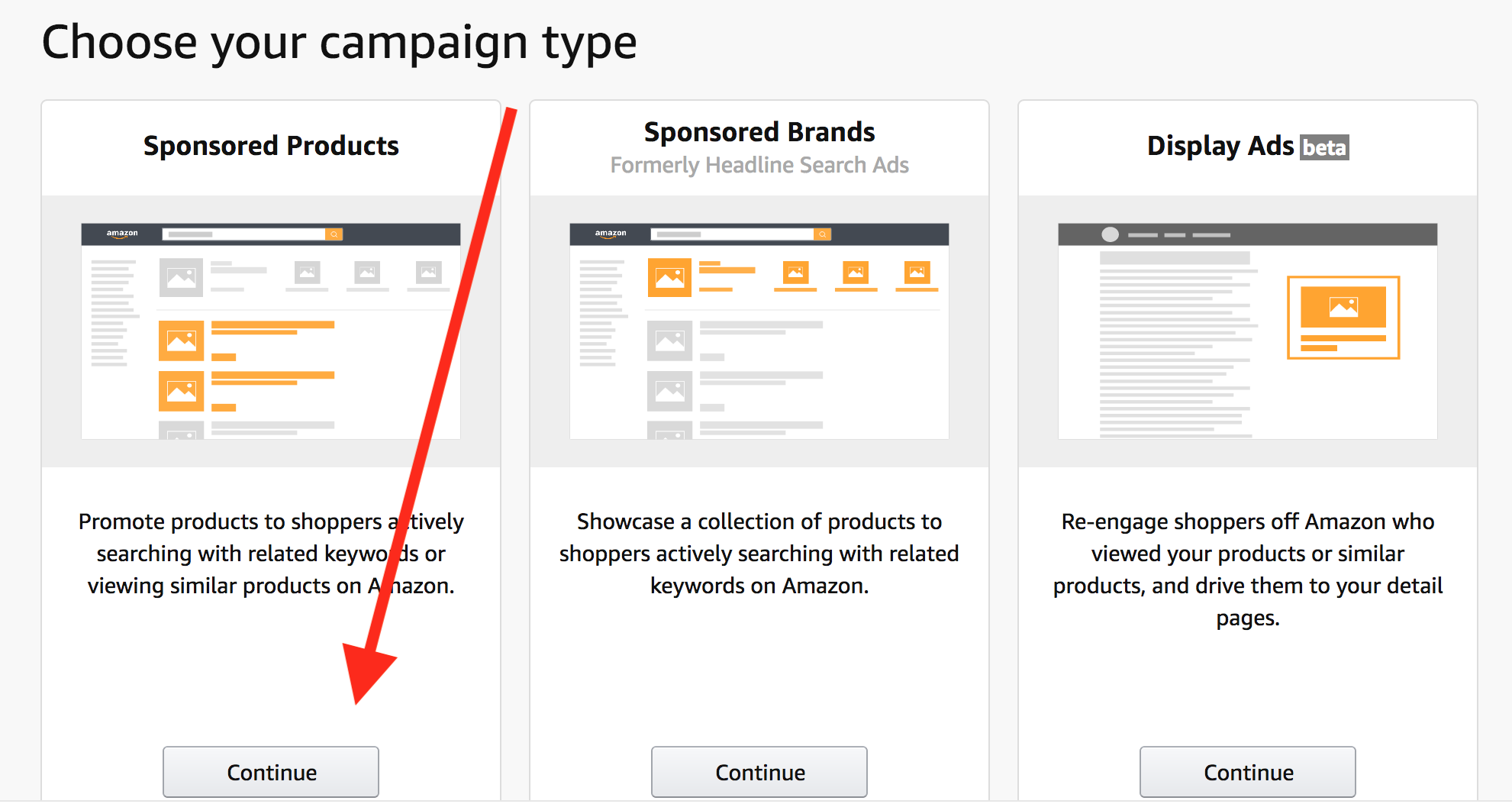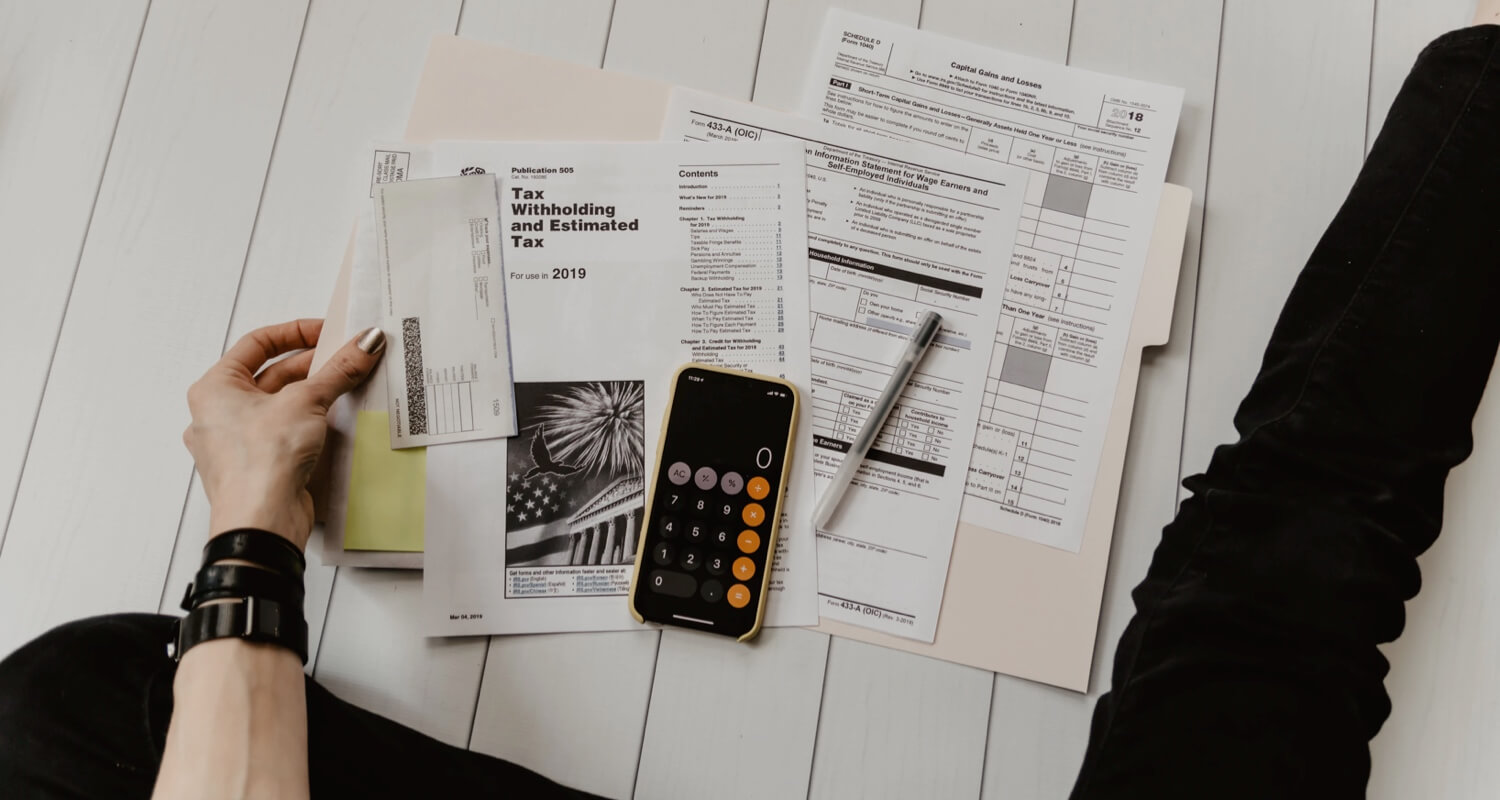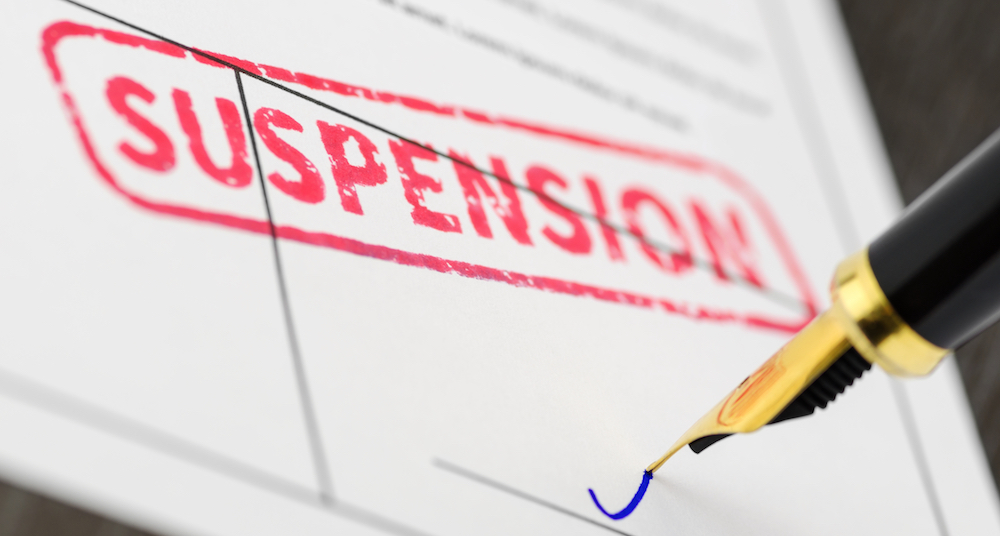What is Amazon Sales Velocity?
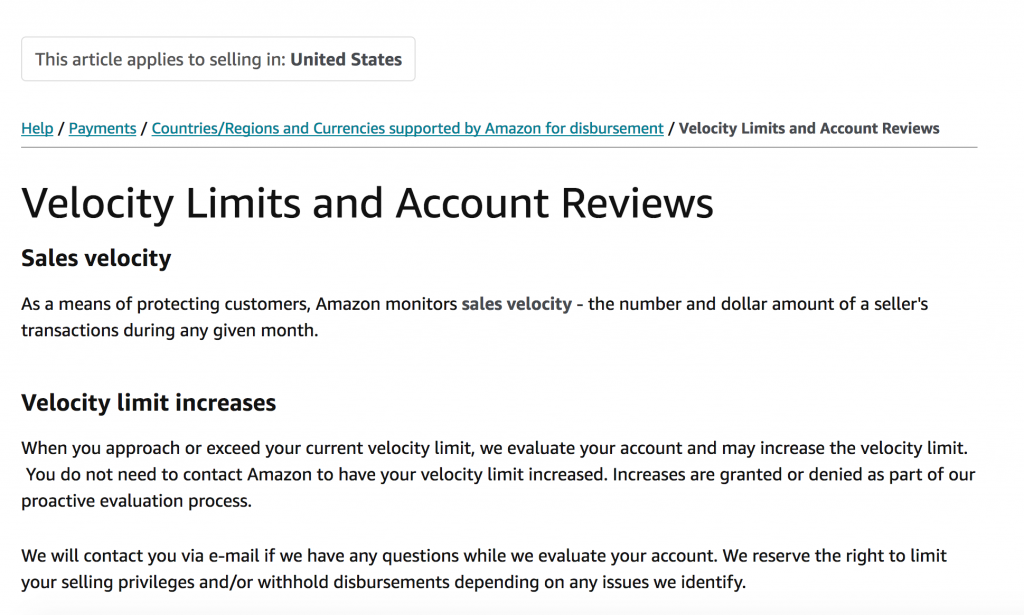
What happens if you’ve reached your velocity limit?
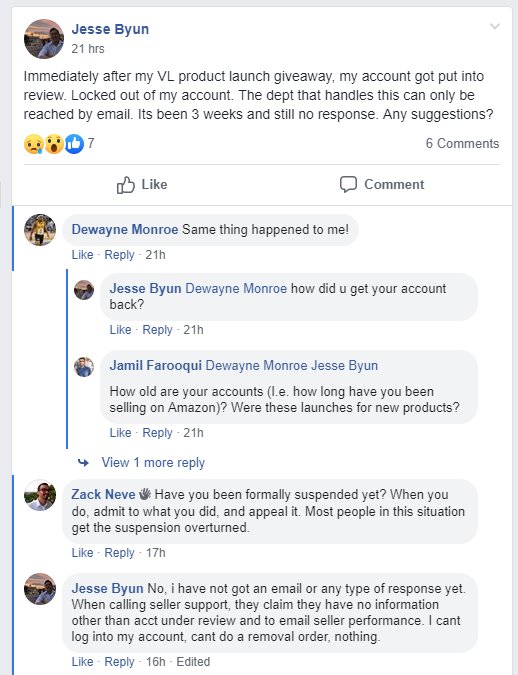
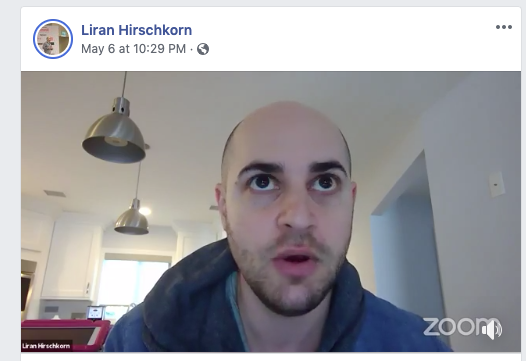 Liran Hirschkorn, e-commerce entrepreneur and founder of AmazingFreedom.com, has found that the majority of accounts being affected by Amazon’s Velocity Limits are new ones. In a recent talk with fellow e-commerce expert founder of SellerSessions.com, Danny McMillian, he says: “it seems to me that this is affecting more newer accounts, which makes sense now, If a new account starts off and they’re doing $50 dollars a day in sales and suddenly they’re doing $500 dollars a day in sales, that’s going to trigger that velocity review. And then Amazon sees just 90% off promos and they see that this account is doing some sort of manipulation, there’s a manual review that is triggering the suspension, the Velocity Limit. This would answer the question of why some people are getting suspended and why some people are not.”
Liran Hirschkorn, e-commerce entrepreneur and founder of AmazingFreedom.com, has found that the majority of accounts being affected by Amazon’s Velocity Limits are new ones. In a recent talk with fellow e-commerce expert founder of SellerSessions.com, Danny McMillian, he says: “it seems to me that this is affecting more newer accounts, which makes sense now, If a new account starts off and they’re doing $50 dollars a day in sales and suddenly they’re doing $500 dollars a day in sales, that’s going to trigger that velocity review. And then Amazon sees just 90% off promos and they see that this account is doing some sort of manipulation, there’s a manual review that is triggering the suspension, the Velocity Limit. This would answer the question of why some people are getting suspended and why some people are not.”
 As a lot of sellers recently were getting suspended after running heavy promotions on their products, it seemed to be related to deals and high discount rates. But, instead…
He goes on to explain, “it’s probably not necessarily the percentage off on the discount codes or the fact that they’re using any sort of URL. It’s probably just an account that was doing $100 dollars a day and is now doing $1000 dollars a day…it’s a newer account that’s coming up for review”.
As a lot of sellers recently were getting suspended after running heavy promotions on their products, it seemed to be related to deals and high discount rates. But, instead…
He goes on to explain, “it’s probably not necessarily the percentage off on the discount codes or the fact that they’re using any sort of URL. It’s probably just an account that was doing $100 dollars a day and is now doing $1000 dollars a day…it’s a newer account that’s coming up for review”.
Account Reviews

How can I expedite an account review?
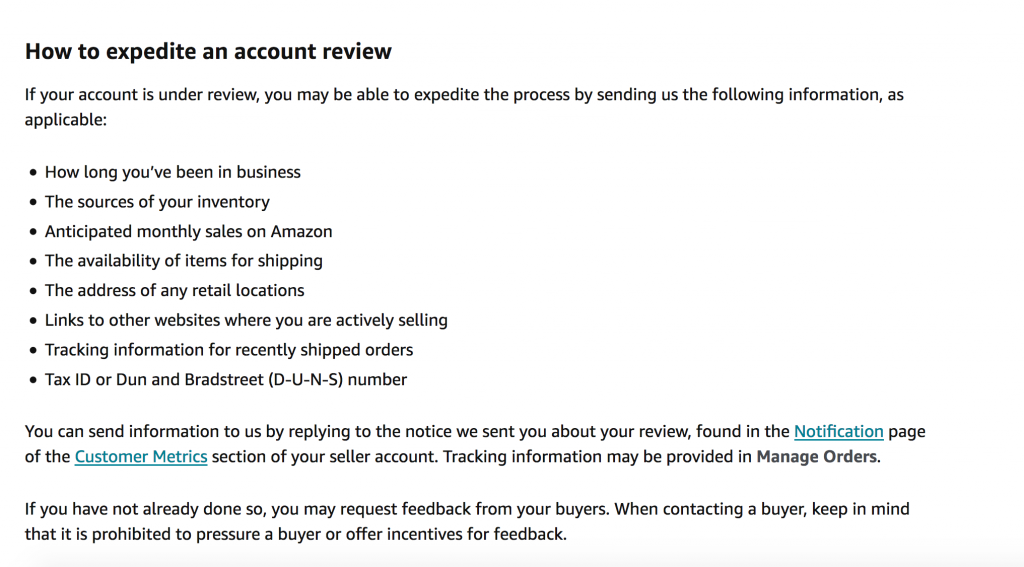
Account Suspension related to possible “Brush Orders” Black Hat suspects?
Paragraph written by editor – Davide Nicolucci. Some do not agree with associating the recent suspensions of many sellers accounts directly with the sellers’ Velocity Limit, as the velocity limit has been among Amazon’s rules for a while. On a recent talk with The Professor of Amazon’s Founder, I found the suspensions might instead be linked to Amazon association to “Order Brushing”. What is Brushing? Brushing or Shua Dan is a well spread black hat tactic used by various sellers in the e-commerce world and on Amazon.com as well, of course:“One of the most pronounced Black Hat methods of Chinese seller in use right now is SD (Shua Dan) also known as brushing. When a customer purchases on a site like Amazon/eBay or Walmart, a few months or weeks later they start to receive small envelopes addressed to them. They contain junket items they never ordered, worth mere pennies. The Chinese seller has completed what people in the industry calls brushing “fake purchase” using someone else information. He builds his sales and can even leave his own review if set up properly. This is illegal to do in China but there is very little recourse and risk when they apply these tactics overseas. This is mostly done to give more prominence to high-volume sellers with good track records but anyone can benefit from it.”
Why would brushing be associated to launches and account suspensions or to velocity limit? Easy: some launch services might be using the sames buyer account (with same name, address, credit card info) for giveaways, rebates, discount, even sales. When Amazon’s algorithm – that is being constantly tightened – finds many recurrent buyers it’s going to be triggered. The buyer’s account will be flagged as a “bad quality” account. This would explain the sudden suspension of many new sellers with no consistent sales history, that after using a launch service with giveaways / discounts, would suddently find their account under review. Will it escalate in the future? Who knows, probably yes, better stick to low-profile actions if you’re new to this game. If you’re interested in knowing more about this topic, I suggest you register to the Webinar with Seller Labs below, where we will be unveiling the best ways to protect yourself against black hat competitors.
What kind of Promotions are Still allowed?
Any kind of promotion is still valid and no particular action on WHAT you do will affect your account. The problem is on HOW FAST you will get sales, ranking, reviews etc. So do not try to trick the system with easy quick wins or it might be the last action you’re able to do on Amazon. We deeply suggest to do a great use of PPC (Amazon Sponsored Products) Advertising as this is most likely not going to trigger any suspension algorithm and will as well help to rank better and increase your overall/organic sales.